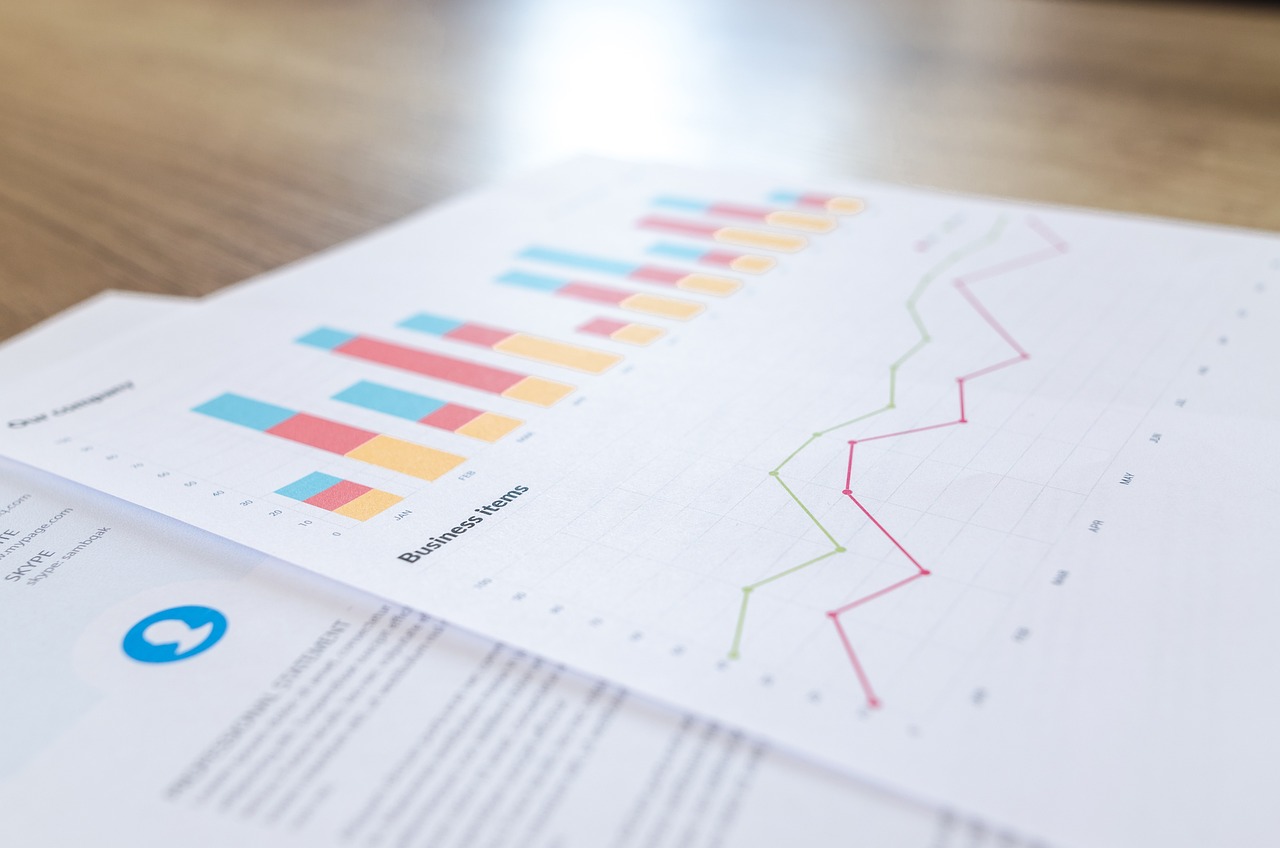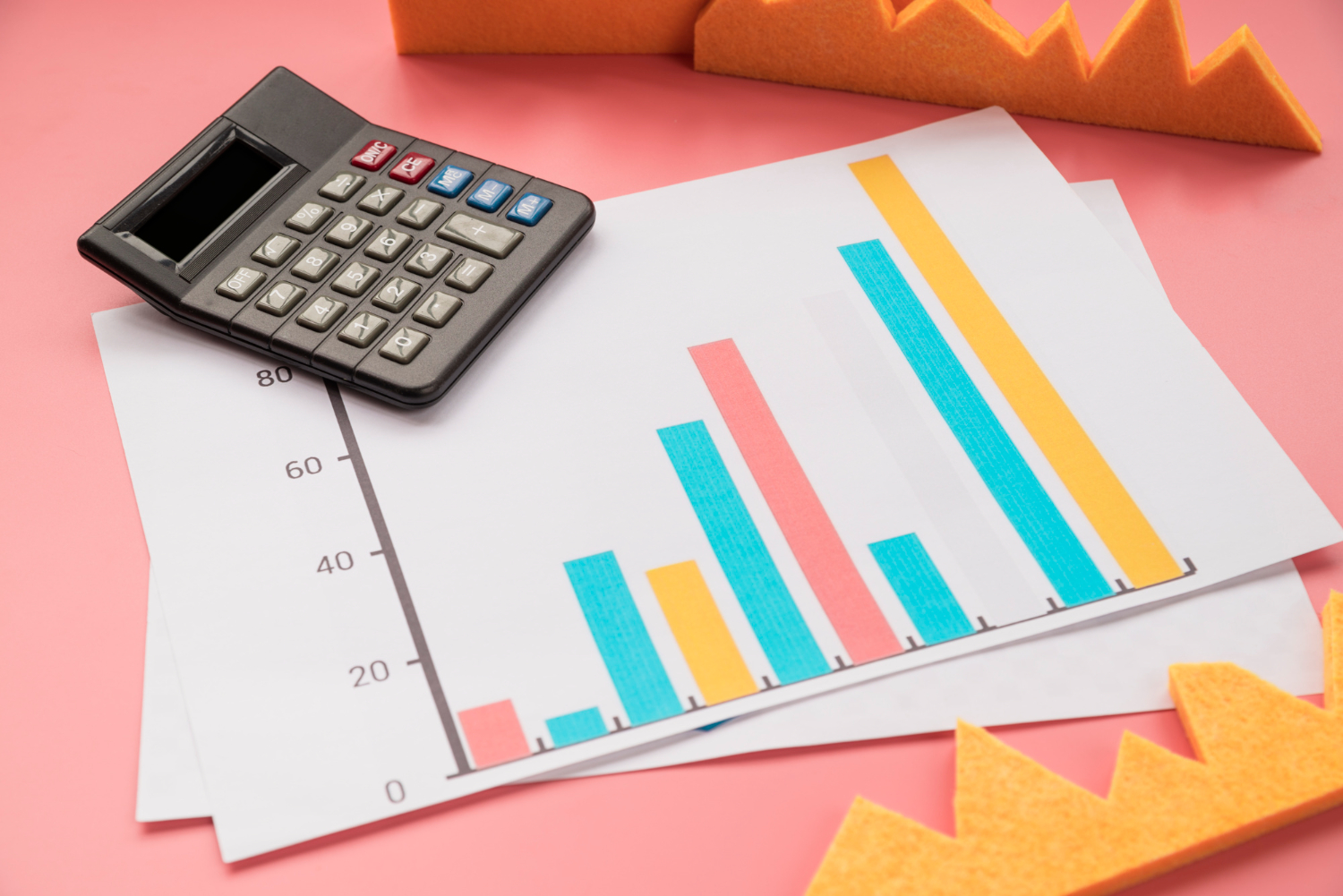

One of the most valuable tools in a business owner’s arsenal is the Section 179 Deduction. If you’re a business owner or a financial manager looking to optimize your tax strategy and save significantly on your expenses, understanding the ins and outs of Section 179 is absolutely crucial.
In this guide, we’ll delve into the depths of what a Section 179 is, how it operates, and how it can be a game-changer for your business’s financial health.
What is a Section 179 Deduction?
A Section 179 Deduction is a tax provision in the United States that allows businesses to deduct the cost of certain qualifying assets as an expense, rather than depreciating them over several years. This deduction is designed to incentivize businesses to invest in new equipment and assets, thereby stimulating economic growth and allowing companies to upgrade their infrastructure.
Here are some key points to understand more about the Section 179 Deduction:
- Expense deduction: Section 179 allows businesses to deduct the full purchase price of qualifying assets in the year they are placed into service. This means that you can potentially deduct the entire cost of an asset immediately, rather than spreading the deduction over its useful life.
- Eligible assets: Not all assets qualify for Section 179 Deduction. We explore these below.
- Limits: There are limits on the total amount that can be deducted in a given tax year. These limits are set by the IRS and may vary from year to year. It’s important to stay informed about the current deduction limits.
- Phase-out: The Section 179 Deduction begins to phase out if a business exceeds a certain threshold for total asset purchases in a tax year. If a business spends more than this threshold, the deduction may be reduced or eliminated.
- Applicable businesses: The Section 179 Deduction is primarily intended for small and medium-sized businesses. Larger corporations may have different tax provisions that apply to them.
- Tax savings: By taking advantage of Section 179, businesses can reduce their taxable income for the year, which in turn lowers their overall tax liability. This will save the business significant money.
Get started with our forecasting software so that you can plan your business' futureMake informed decisions in Brixx
What assets qualify for Section 179?
Here are some examples of assets that typically qualify for the Section 179 Deduction:
- Computers and computer software used for business
- Office furniture, such as chairs and desks
- Machinery or equipment used in manufacturing
- Vehicles used for business purposes
- Printing presses and equipment
- Tangible personal property used in retail businesses
- Equipment used for research and development
- Certain types of HVAC (heating, ventilation, and air conditioning) systems
- Security systems and surveillance equipment for business premises
- Telecommunication equipment, including phone systems
- Leasehold improvements made to commercial properties
It’s important to note that the eligibility of specific assets for the Section 179 Deduction may vary based on tax regulations and changes in the law. Additionally, the cost of the assets and the total deduction limits for the tax year should be considered when determining how much can be expensed under Section 179. Consulting with a tax professional or accountant is advisable to ensure accurate and up-to-date guidance on which assets qualify for this deduction in a given tax year.
What are the limits of Section 179?
The limits for the Section 179 Deduction can vary from year to year due to changes in tax laws and regulations. It’s essential to consult the latest IRS guidelines or a tax professional to determine the current limits for the tax year you’re interested in, as these figures may have changed.
As of 2023, here are the key Section 179 Deduction limits:
Maximum deduction limit
The maximum deduction limit for 2023 is $1,080,000. This means that businesses could deduct up to $1,080,000. of the cost of qualifying assets if their total asset purchases for the year did not exceed a certain threshold.
Phase-out threshold
The Section 179 Deduction began to phase out for businesses that purchased more than $2,890,000 worth of qualifying assets during the tax year. Once a business exceeded this threshold, the deduction was reduced dollar for dollar.
Please note that these limits are specific to the tax year 2023. Tax laws can change, and the limits may have been adjusted for subsequent years.
How to claim a Section 179 Deduction
Claiming a Section 179 Deduction involves several steps and requires careful record-keeping. Here’s a general guide on how to claim a Section 179 Deduction:
- Determine eligibility: Ensure that your business qualifies for the Section 179 Deduction.
- Select qualifying assets: Identify the assets that qualify for the Section 179 Deduction.
- Calculate the deduction amount: Determine the total cost of the qualifying assets that you plan to deduct under Section 179.
- Check deduction limits: Review the IRS guidelines for the current tax year to understand the maximum deduction limit and phase-out thresholds.
- Prepare “IRS Form 4562”: Complete IRS Form 4562, “Depreciation and Amortization.” This form is used to report the Section 179 Deduction. You’ll need to provide details about the assets, their costs, and other relevant information.
- Include the deduction on your tax return: When you file your business tax return (e.g., Form 1065 for partnerships, Form 1120 for corporations, or Schedule C for sole proprietors), include the Section 179 Deduction on the appropriate line. The deduction will reduce your taxable income.
- Maintain documentation: Keep detailed records of the assets you’re deducting under Section 179. This includes invoices, purchase receipts, and any documents related to the acquisition and use of these assets.
- Consult with a tax professional: Consider consulting with a tax professional or accountant. Tax laws can be complex, and a professional can help ensure that you’re maximizing your deductions while staying in compliance with tax regulations.
- File your tax return on time: Ensure that you file your business tax return by the due date to claim the Section 179 Deduction for the tax year in question.
- Review updates: Stay informed about any changes in tax laws, including Section 179 limits and eligibility criteria, for subsequent tax years. These limits and rules may change, so it’s essential to adapt your tax strategy accordingly
6 tips for maximizing Section 179 Deduction
Maximizing the Section 179 Deduction can lead to significant tax savings for your business. Here are some tips to help you make the most of this deduction:
Prioritize qualifying assets
Focus on acquiring assets that qualify for the Section 179 Deduction. Ensure that the assets you purchase are essential for your business operations and meet the IRS criteria.
Leverage bonus depreciation
In addition to the Section 179 Deduction, take advantage of Bonus Depreciation if it’s available. Bonus Depreciation allows for a 100% deduction of eligible asset costs in the year they are placed in service.
Consider bundling assets
If you plan to purchase multiple assets, consider bundling them into a single purchase. This can help you reach the minimum cost threshold required for Section 179 Deduction eligibility.
Stay informed
Keep up-to-date with changes in tax laws and regulations. Tax laws can change frequently, so staying informed ensures you don’t miss out on new opportunities or limitations.
Use software and tools
Consider using financial planning software or accounting tools to track and calculate your deductions accurately. These tools can help you keep records organized and reduce the risk of errors.
Review carryforwards
If you can’t fully utilize the Section 179 Deduction in a given year due to limits, check whether you can carry forward any unused deduction to future tax years.
Remember that while maximizing your Section 179 Deduction is advantageous, it’s essential to do so within the boundaries of tax laws and regulations. Consulting with a tax professional can help you navigate the complexities of tax planning and ensure that you’re taking full advantage of available deductions while staying compliant with the law.
How can Brixx help with Section 179?
Brixx is a financial planning software designed to help businesses with various financial aspects, including budgeting, forecasting, and scenario analysis. While Brixx itself doesn’t directly address tax deductions like Section 179, it can play a valuable role in your overall financial planning and decision-making process, which can indirectly impact your Section 179 Deduction strategy. Here’s how Brixx can assist:
Financial modeling
Brixx allows you to create detailed financial models for your business. You can use this functionality to model the financial impact of asset purchases eligible for Section 179.
Budgeting for asset purchases
You can use Brixx to create budgets that incorporate the cost of purchasing assets eligible for Section 179 Deduction. This can help you plan for these expenses and assess their impact on your overall budget.
Long-term planning
Section 179 Deduction is not just about short-term tax benefits but also about long-term financial planning. Brixx can help you create multi-year financial forecasts, allowing you to evaluate the long-term implications of your asset acquisition decisions.
Collaboration and communication
Brixx can facilitate collaboration among team members and stakeholders by providing a centralized platform for financial planning. This can be particularly useful when discussing and strategizing around Section 179 Deduction planning.
While Brixx doesn’t provide tax advice or directly calculate your Section 179 Deduction, it can be a valuable tool for integrating financial considerations into your decision-making process. By signing up to Brixx for free, you can better understand the financial implications of asset purchases and make informed decisions that align with your overall business goals and tax strategy. However, it’s important to consult with a tax professional or accountant for specific advice on Section 179 Deduction and tax-related matters.
















